How to grow alpine strawberries – expert tips for healthy plants and tasty harvests
Discover the ways to grow, maintain, and harvest delicious and prolific alpine strawberries
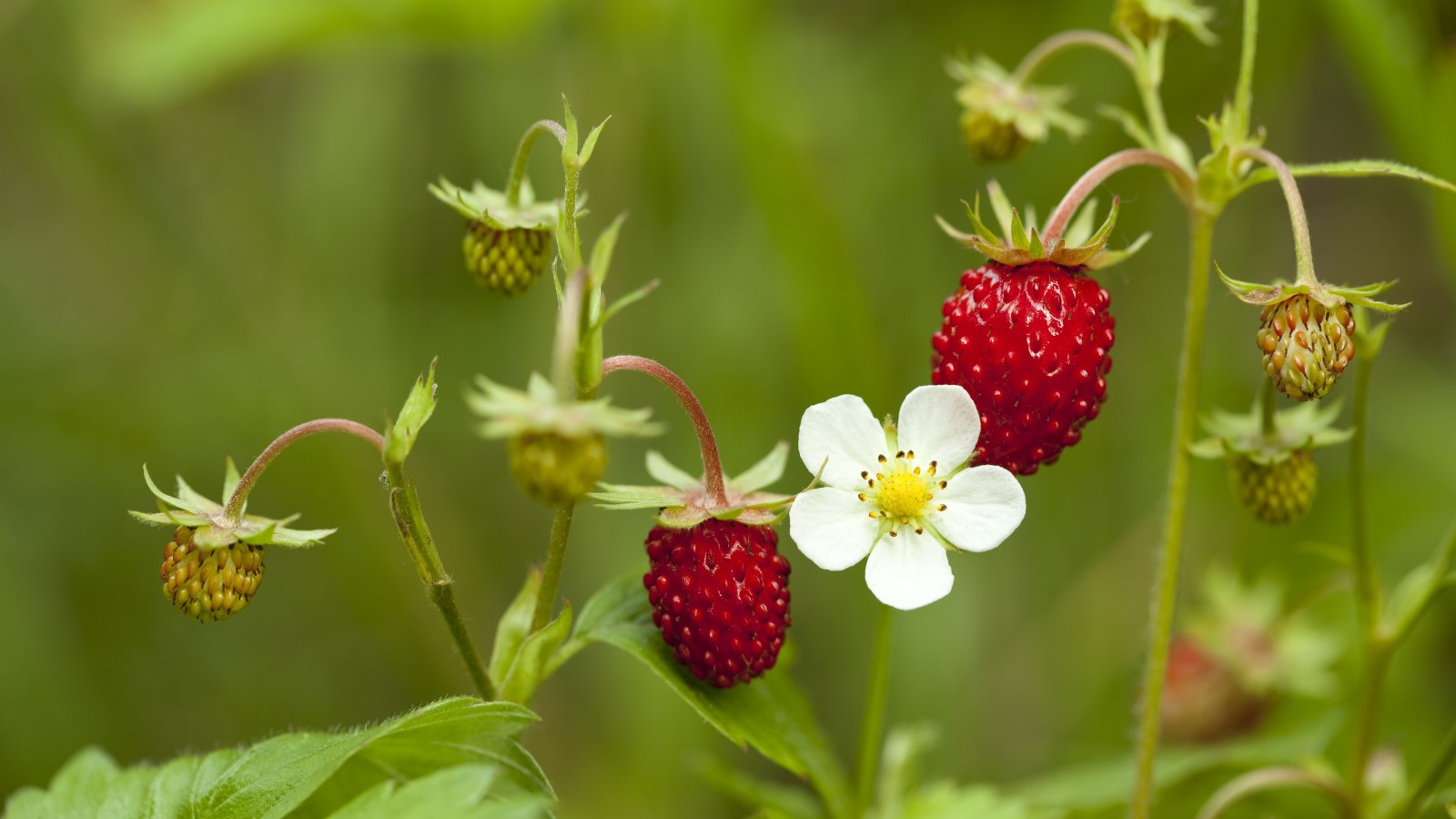

Alpine strawberries are a unique and delicious type of strawberry to grow and offer an alternative to more commonly-seen strawberries. The fruits are smaller, but are produced over a long time and come in red, yellow, or cream types.
In my time as a kitchen gardener, alpine strawberries were highly sought-after by the chefs I grew fruit and vegetables for. The plants are simple to grow and can be utilized in many different ways. They can be used as ground cover in shady areas or work brilliantly as edging plants along borders, paths, or raised beds. So, if you're interested in growing strawberries, these are definitely worth considering.
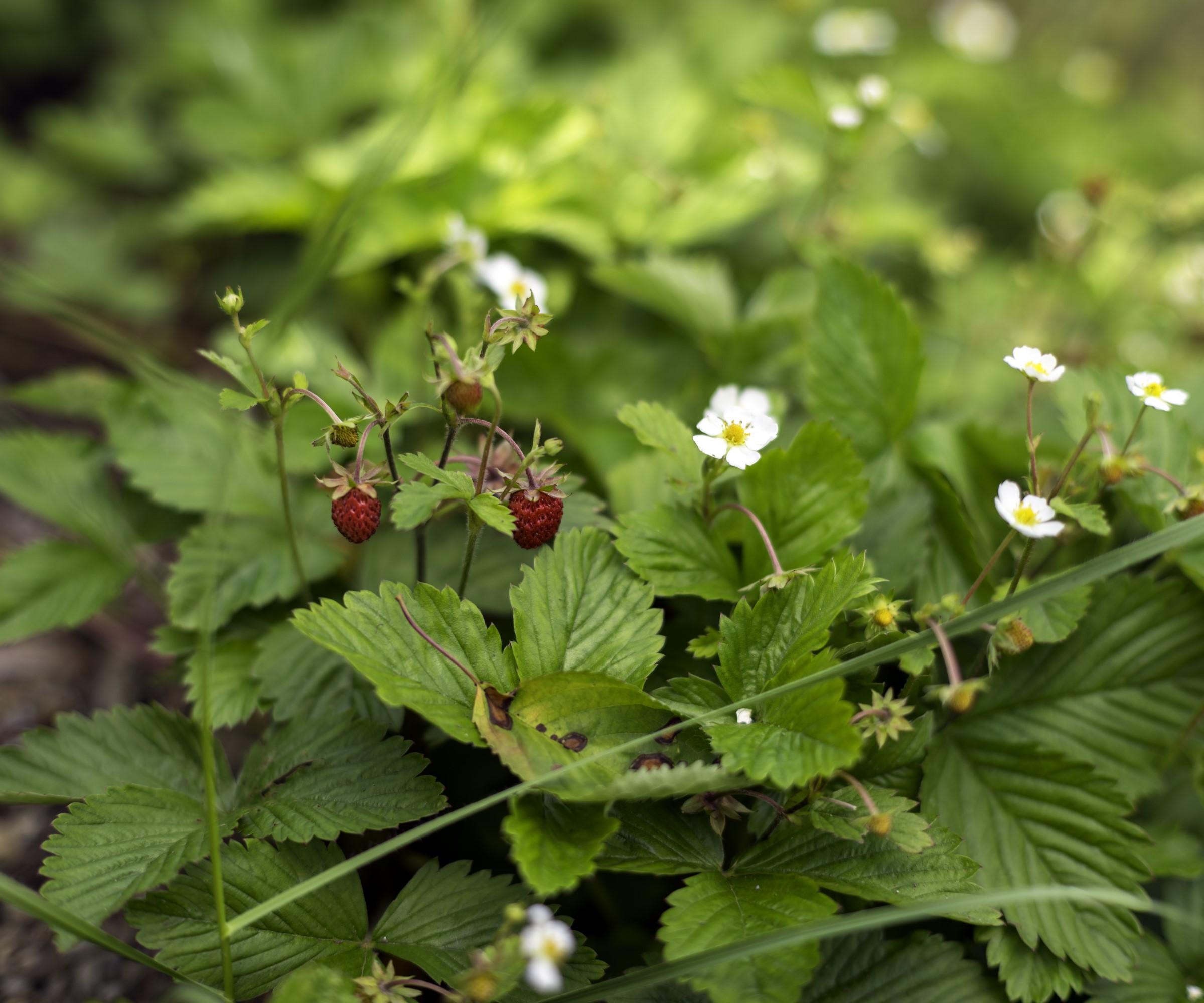
Alpine strawberries are also called wild or woodland strawberries
What are alpine strawberries?
Alpine strawberries, commonly known as wild or woodland strawberries, are smaller than the modern strawberries you see in stores or that many of you will grow in your backyard. They are predominantly native to Europe and Asia, though they are cultivated and strains of alpine strawberries have been created over the years. The fruits taste superb and the plants will produce through the summer and beyond, from June all the way through to October.
Lucy Chamberlain, a fruit and vegetable expert for Homes & Gardens, claims that alpine strawberries allow you to ‘rediscover that true strawberry taste so often lost in modern varieties’ – and that makes them a fantastic crop to consider for a kitchen garden.
‘If you’re a believer of quality over quantity, then alpine strawberries are certainly for you. The wilder relative of our plumper, more prolific strawberries might bear fruits that are diminutive in size but boy, do they make up for it in flavor,’ she adds.
‘Alpine strawberries also have the bonus of being more versatile than conventional strawberries. They’re less likely to rot off in wet conditions, are prone to far fewer pests and diseases, and can be left to their own devices to form an attractive ground cover of flowers, foliage and (of course) fruits.’
Alpine strawberries have a different growing habit to other strawberries. They are more upright and hold their fruits in the air. This means you do not have to mulch around the base to stop the berries rotting on the soil as you do with other strawberry plants. However, it is recommended to clean strawberries after harvesting, whether the fruits have touched the soil or not.
The other positive is the upright habit offers a handy way to control slugs munching on the fruit – which is a common strawberry pest that growers have to deal with.
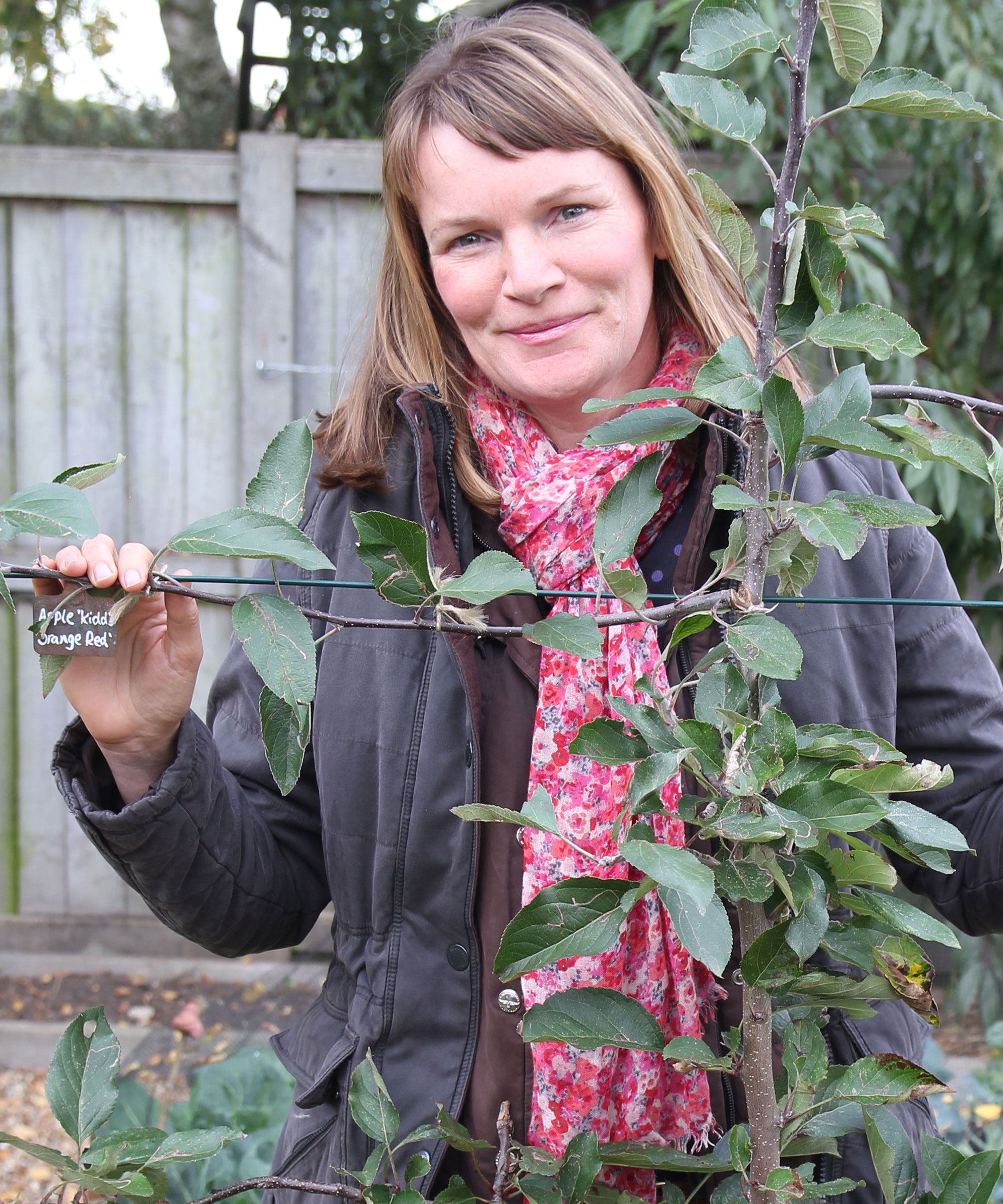
Lucy was a Horticultural Advisor at RHS Wisley and has been Head Gardener on a 100-acre estate in England for many years, but writes regularly for titles such as The Garden, Gardeners’ World, The Guardian and Amateur Gardening. She’s also the author of RHS Step-by-Step Veg Patch, available from Amazon, which covers 50 types of fruit and veg.
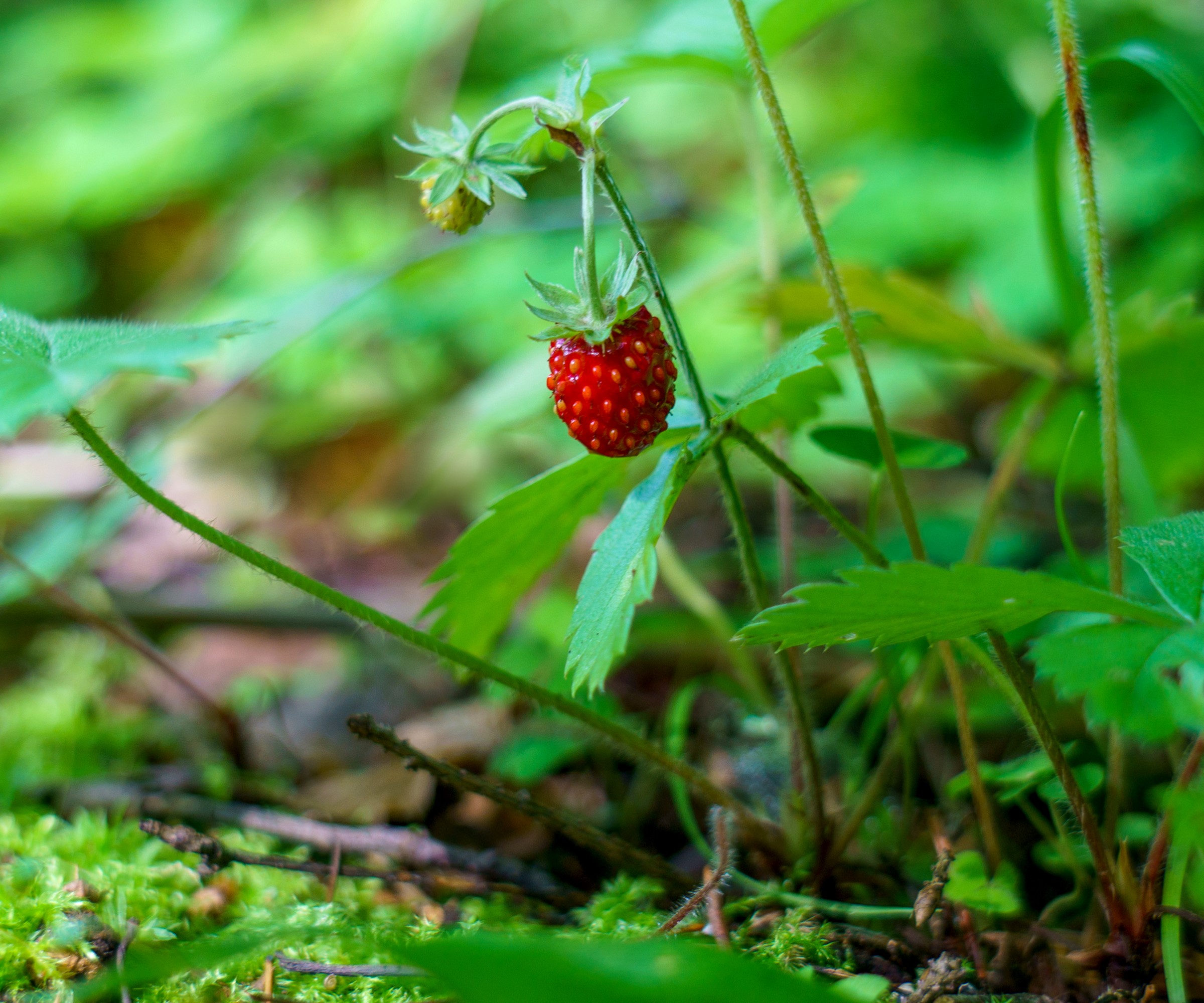
Alpine strawberries produce smaller fruits raised up off the ground
How to grow alpine strawberries
Alpine strawberries can be bought as young plants or, if you want to add more alpine strawberries to your backyard, there are a few methods available for propagating plants.
Growing alpine strawberries from seed:
You can find packets of seed to grow alpine strawberries at home from good garden stores or online and the best time to start the seeds is in late winter.
Sow the seeds on the surface of a tray filled with seed compost, and then cover thinly with soil. They need sunlight and air to germinate so keep them uncovered, and keep the soil moist. It can take 2-3 weeks for the seeds to germinate and it is time to transplant the seedlings once they are four inches tall. At this time they can be potted on and gradually hardened off ready for planting outside.
It is recommended to purchase seeds to sow, rather than save your own. With other types, you can harvest and save seeds to grow strawberries from a strawberry. However, Miguel Palma, a professional gardener and owner of JardinTienda, warns that alpine strawberries are ‘not always true to seed’ so saving seed from plants you like is not the best way to propagate more of them.
He explains: ‘The seedlings may not grow into plants with the same characteristics as the parent plant. Therefore, division is the most reliable way to propagate alpine strawberries if you want to ensure that the new plants have the same characteristics as the parent plant.’
Alpine strawberries grown from seed in late winter or early spring will bear fruit that summer. You can also sow alpine strawberries in summer or early fall and overwinter them to bear fruit the following summer, however that means you do need somewhere undercover to protect them from the cold during the winter.

Alpine strawberry seeds take a few weeks to germinate
Growing alpine strawberries from runners:
Some types of alpine strawberries produce runners and they offer a fantastic opportunity to propagate new plants. Runners can be easily cut off the parent plant and either moved to a new location or potted up to grow on and be planted elsewhere in the yard once they have developed into larger plants.
Growing alpine strawberries from division:
New clumps of alpine strawberries can be established by lifting, dividing, and replanting sections of existing plants. The method of dividing plants is a simple one. To divide an existing clump of alpine strawberries you need to dig up a section that will contain many individual plants. Gently pull apart the plants, or you can cut with a sharp knife if required, and you should be able to get many individual plants from one clump. Either plant these directly into the backyard or pot them up to grow them on.
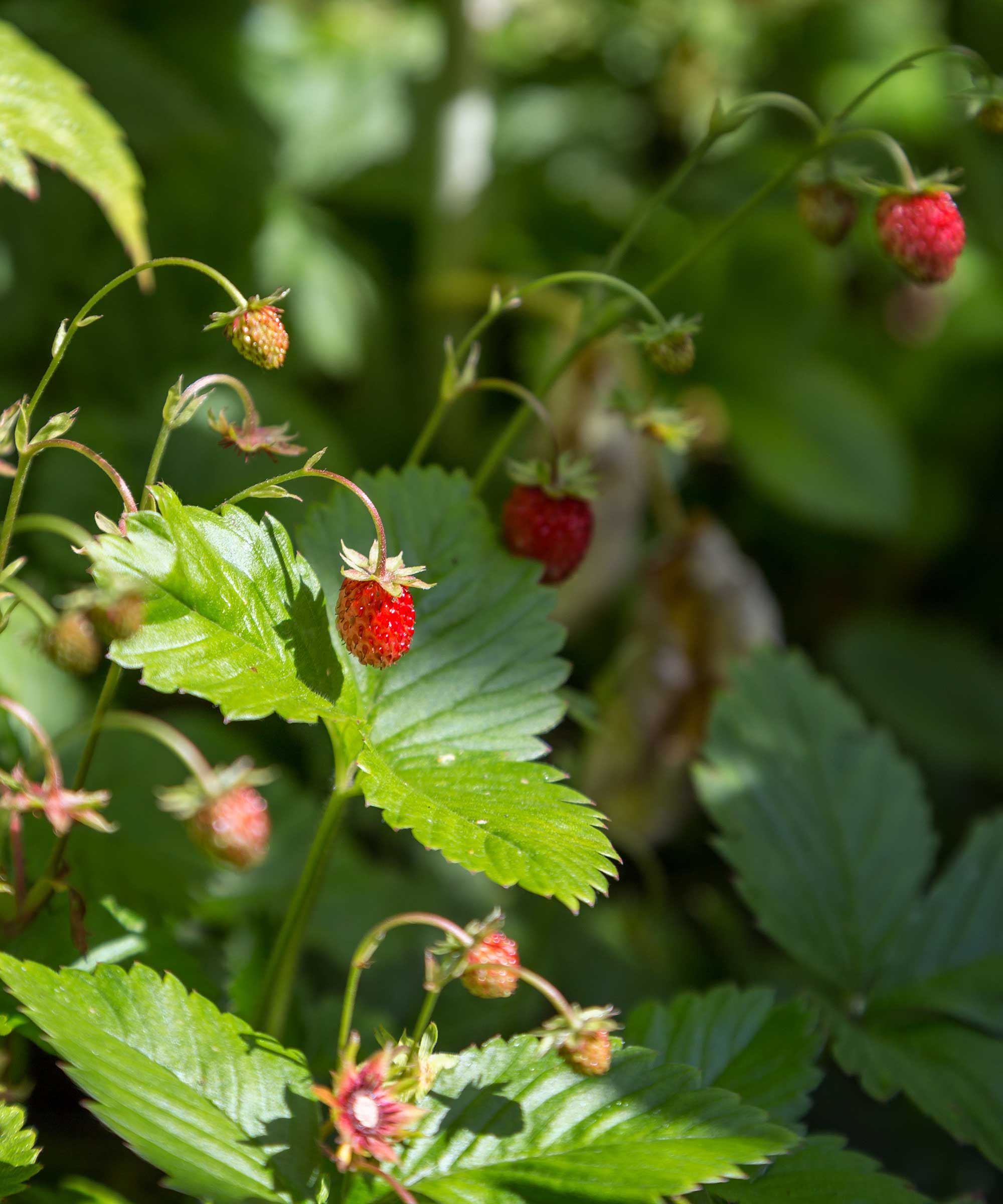
You can propagate alpine strawberries from existing plants
Where to plant alpine strawberries
Alpine strawberries want to be planted in fertile soil that drains well and, as a woodland plant, they will grow happily in a shady spot. However, the sunnier the spot the more strawberries they will produce. As mentioned, they are perfectly suited to being used as ground cover, or to line the edges of paths or beds. You can also grow these strawberries in pots or containers.
Lindsey Hyland, founder of Urban Organic Yield, advises that plants should be spaced 10-12 inches apart in soil that is rich in organic matter and ‘slightly acidic’ with a soil pH of between 5.5 and 6.5.
She adds: ‘Alpine strawberries do not tolerate extreme temperatures or drought conditions and should be grown in an area protected from strong winds. Additionally, they require consistently moist soil for optimum fruiting, therefore a mulch layer is recommended to help retain moisture.’
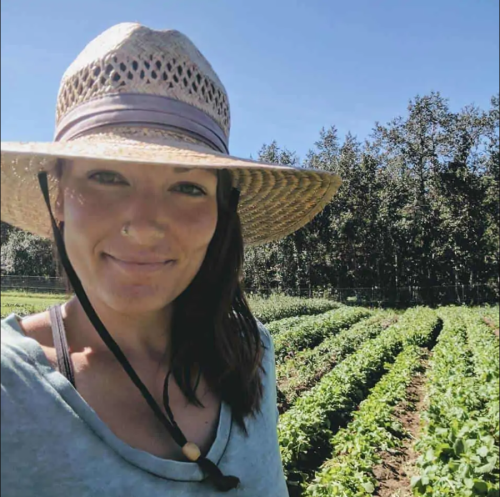
Lindsey Hyland attended the University of Arizona’s Controlled Environment Agriculture programme and has worked on various organic farms. She is passionate about sustainable ways to better run urban gardens or small-scale farms and homesteads and shares her gardening journey at Urban Organic Yield.
How to look after alpine strawberry plants
Alpine strawberries are easy to look after, whether you are growing them in the ground or in containers. Keep the area around the plant weed-free to avoid competition for water and nutrients and ensure the soil does not dry out and is kept moist. Water plants deeply once or twice a week, depending on weather conditions and the frequency of rainfall. Avoid over-watering alpine strawberries as it can be a contributing factor to many strawberry diseases, including gray mold.
Lindsay also recommends that plants are ‘fertilized several times during the growing season.' The best time to fertilize strawberries is in early spring and fall – use a balanced fertilizer which shows an equal amount of NPK on the plant fertilizer label. An example of a balanced feed is this 4-4-4 Natural Purpose Granular Organic Food available at Amazon. If you are growing alpine strawberries in containers then a tomato fertilizer that is rich in potassium – such as the Expert Gardener Organics Tomato Food available at Walmart – can benefit plants, with regular applications needed from early spring onwards.
Alpine strawberries will produce fruit throughout the growing season so harvest the ripe fruit as soon as it is ready to avoid any spoilage. The best method for picking strawberries is to carefully pinch the stem between your fingers – or use scissors, garden clippers, or a knife – to avoid damaging the plant or the fruit. As the plants are shallow-rooting, tugging too hard can pull the entire plant out of the ground.
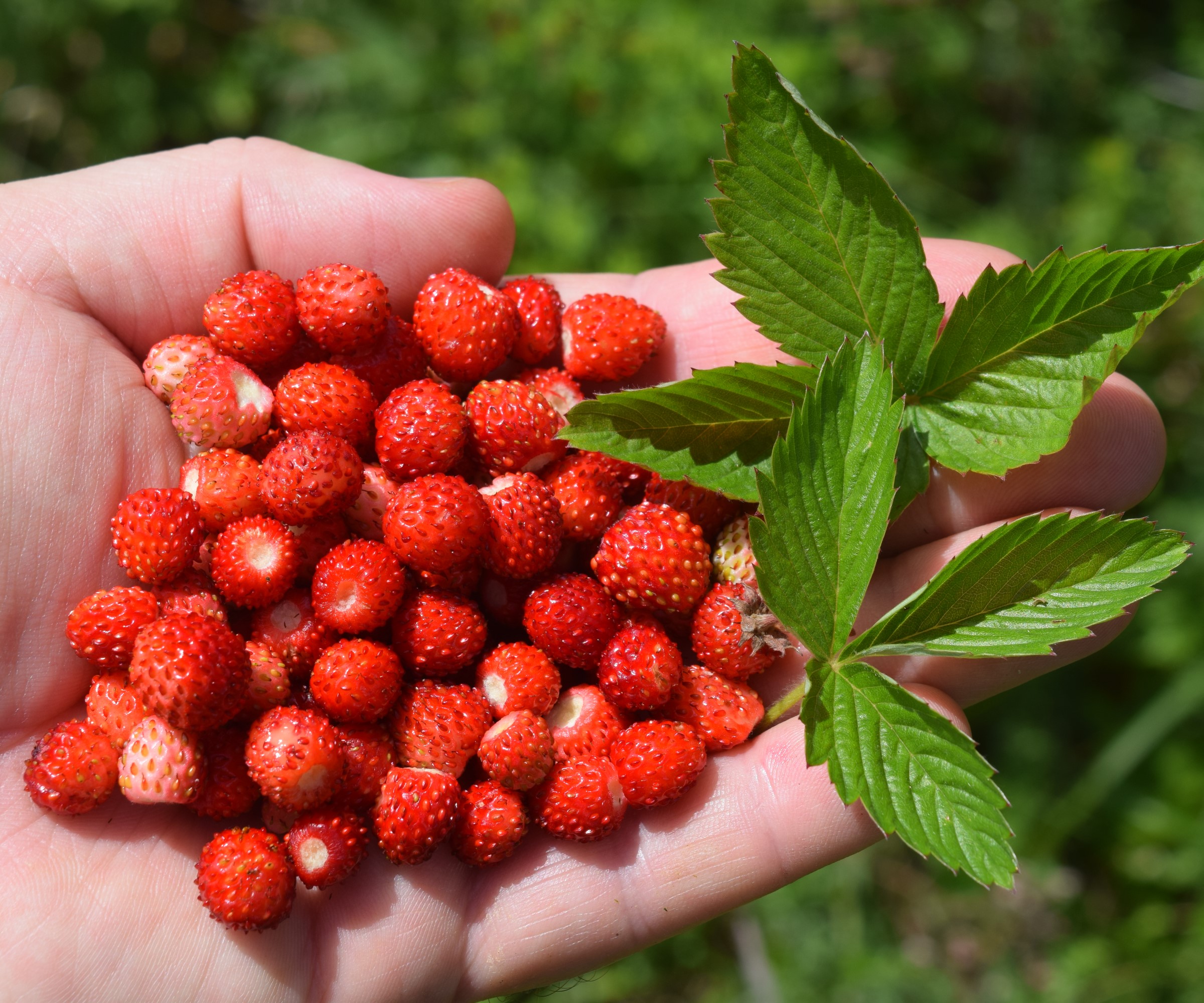
Alpine strawberries produce fruit over a long period of time
FAQs
Are alpine strawberries everbearing?
Yes, alpine strawberries are everbearing types of strawberry plants and will produce fruit over an extended period. They will fruit in spring and then continue to produce fruit until the frosts arrive in fall. The overall harvest may be smaller than other strawberry plants, however alpine strawberries can provide a nice crop of fruits each week for a long period of time.
How do you winterize alpine strawberries?
In terms of hardiness zones, alpine strawberries are fully hardy from zones 4-10 and can tolerate temperatures down to around -20F°. Their native regions are commonly exposed to cold and frost and the plants should be fine to winterize outdoors in most areas.
To winterize strawberry plants in very cold areas, consider lightweight mulches such as straw or mulch. New buds in spring could be protected from frosts using cloches or horticultural fleece, such as these re-usable Plant Covers available at Amazon.
Overall, alpine strawberries are easy to grow and although the fruits may be small, they're delicious, and the flowers are pretty too. So why not add some to your vegetable garden this year?
Sign up to the Homes & Gardens newsletter
Design expertise in your inbox – from inspiring decorating ideas and beautiful celebrity homes to practical gardening advice and shopping round-ups.

Drew’s passion for gardening started with growing vegetables and salad in raised beds in a small urban terrace garden. He has worked as a professional gardener in historic gardens and specialises in growing vegetables, fruit, herbs, and cut flowers as a kitchen gardener. That passion for growing extends to being an allotmenteer, garden blogger, and producing how-to gardening guides for websites. Drew was shortlisted for the New Talent of the Year award at the 2023 Garden Media Guild Awards.
-
 7 of the best tomatoes for growing in pots - expert growers pick their top varieties ideal for large harvests from containers
7 of the best tomatoes for growing in pots - expert growers pick their top varieties ideal for large harvests from containersYou can enjoy bumper homegrown harvests in small spaces
By Drew Swainston Published
-
 Drew Barrymore creates a 'balanced' kitchen in 4 easy steps – her rules will make your small, compact countertops feel beautiful
Drew Barrymore creates a 'balanced' kitchen in 4 easy steps – her rules will make your small, compact countertops feel beautifulDrew proves that with the right styling (and chic appliances), you can make even the smallest of kitchens look harmonious
By Hannah Ziegler Published